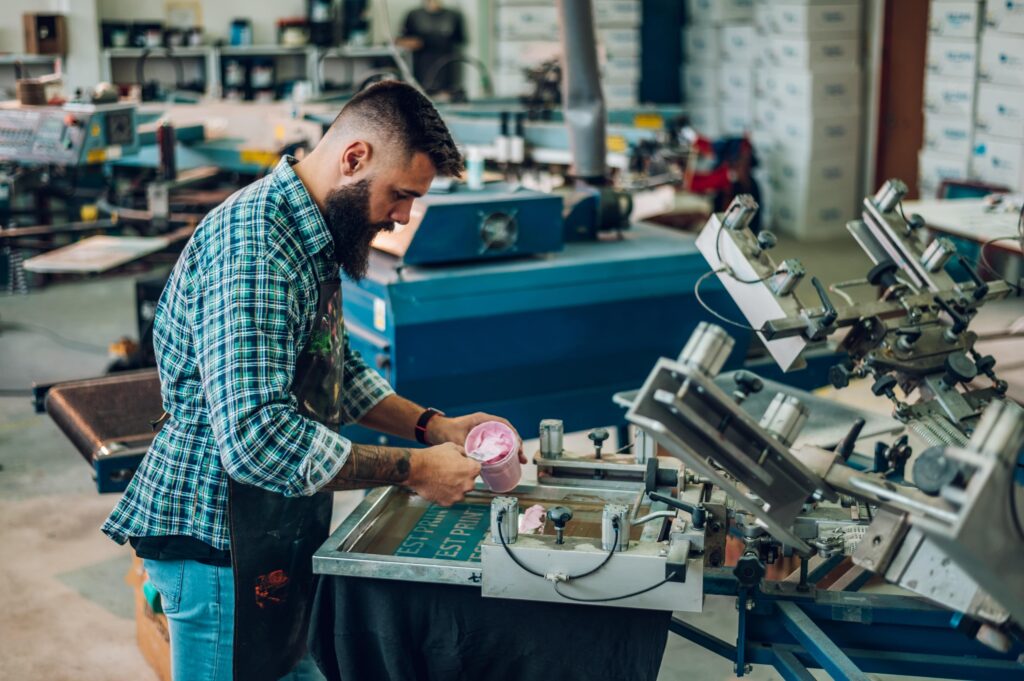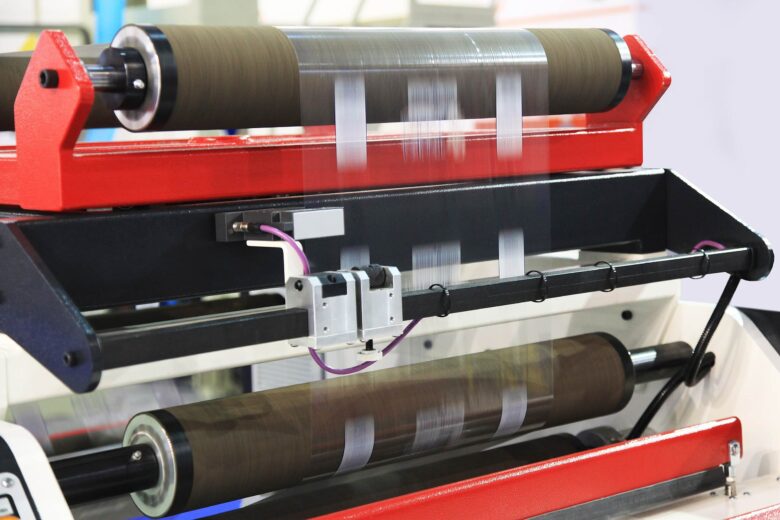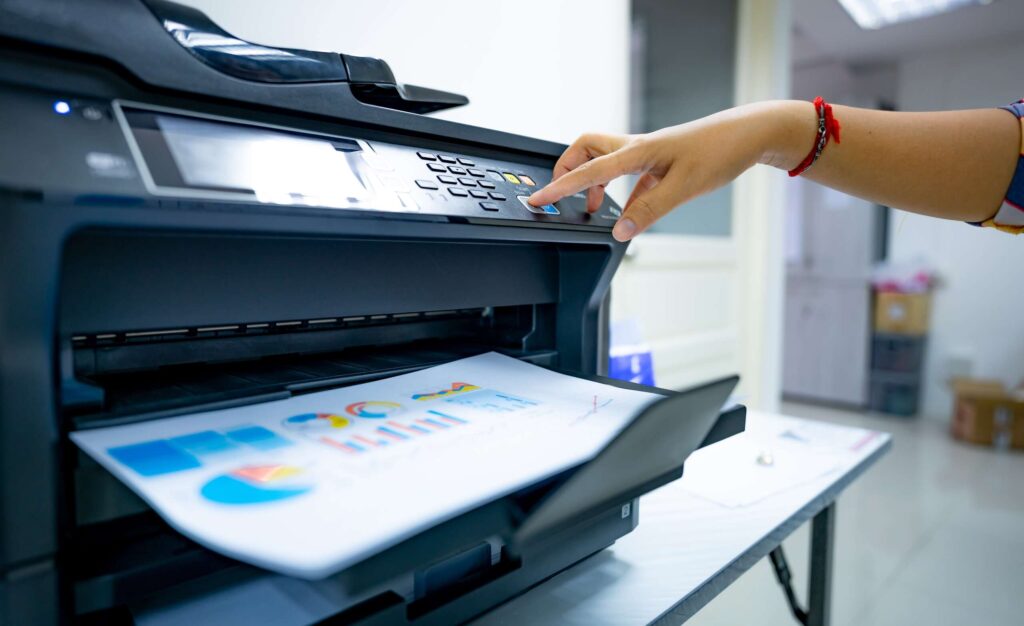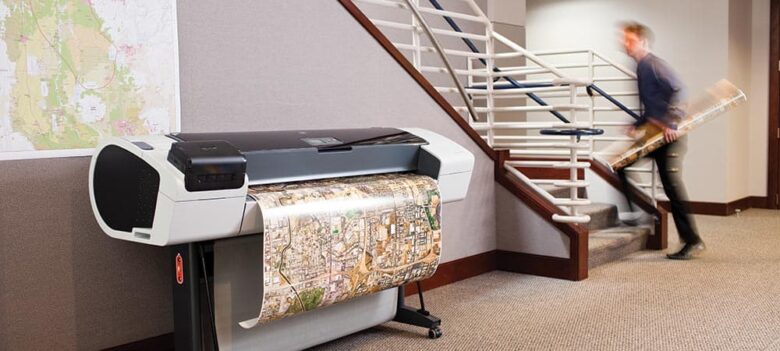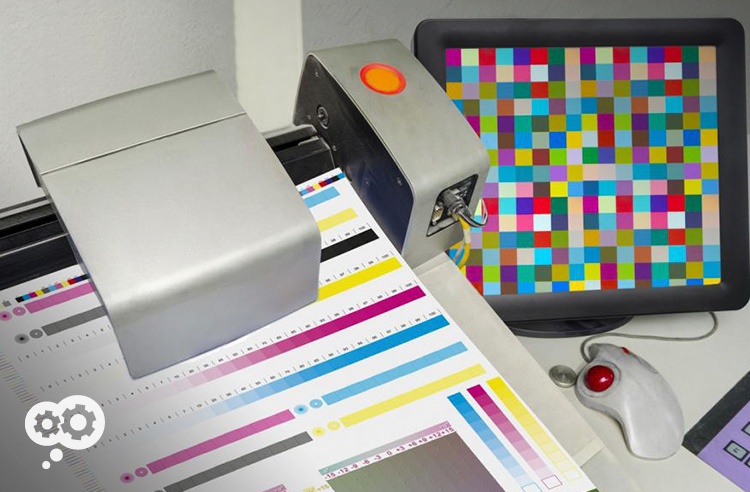When it comes to 3D printing, there is a wide variety of materials available to choose from, each with its unique properties and characteristics. Some of the most common types of materials used in 3D printing include polylactic acid (PLA), acrylonitrile butadiene styrene (ABS), and polyvinyl alcohol (PVA). PLA is a popular choice due to its biodegradable and environmentally-friendly nature, as well as its ease of use and wide range of vibrant colors. ABS is known for its durability, impact resistance, and temperature resistance, making it suitable for functional prototypes and end-use parts. PVA is often used as a support material in dual-extrusion 3D printing, as it dissolves in water and allows for the creation of complex geometries. These common materials offer a great starting point for any 3D printing project and provide a solid foundation for creating high-quality prints.
PLA (Polylactic Acid)
One of the notable advantages of PLA is its low printing temperature. Compared to other printing materials, PLA requires lower extrusion temperatures, which makes it compatible with a broader range of 3D printers. This low-temperature requirement also makes it suitable for beginners who are just starting in the world of FDM printing.
Another significant benefit of PLA is its biodegradability. PLA is derived from renewable resources such as cornstarch or sugar cane, making it an environmentally friendly option. With the increasing concern for sustainability, PLA has become a preferred choice for those who prioritize eco-conscious printing.
In terms of its physical properties, PLA offers excellent stiffness. This makes it ideal for printing objects that require structural strength, such as prototypes, architectural models, or even functional parts. Additionally, PLA is available in a wide variety of colors and finishes, including glossy and matte options, allowing creators to achieve the desired aesthetic for their prints.
Overall, PLA’s affordability, ease of printing, low-temperature requirement, and biodegradability make it a versatile and practical choice for a range of 3D printing projects. Whether you are a beginner or an experienced user, PLA is a reliable option to bring your creations to life.
ABS (Acrylonitrile Butadiene Styrene)
ABS (Acrylonitrile Butadiene Styrene) is a popular 3D printer plastic known for its toughness and impact resistance, making it a versatile choice for various industries. One of the key advantages of ABS is its good temperature resistance, allowing it to withstand higher temperatures compared to other 3D printing materials.
However, working with ABS can present some challenges. It requires a higher print temperature, typically around 230-250°C, which may limit its compatibility with certain 3D printers. ABS also tends to warp during the printing process, especially when printing larger objects. This issue can be mitigated by utilizing a heated bed and an enclosed printer to maintain a stable printing environment.
Despite these challenges, parts printed with ABS offer excellent overall mechanical properties. ABS is known for its strength, durability, and impact resistance, making it suitable for real-world applications that require robust components. It is commonly used in the automotive industry for functional prototypes, as well as in the production of consumer goods, electronic enclosures, and even medical devices.
PETG (Polyethylene Terephthalate Glycol-Modified)
PETG (Polyethylene Terephthalate Glycol-Modified) is a versatile and durable material that is rapidly gaining popularity as an alternative to ABS in the world of 3D printing. PETG offers a unique combination of strength and flexibility, making it suitable for a wide variety of applications.
One of the key advantages of PETG is its excellent inter-layer adhesion. This means that printed parts have strong bonds between each layer, resulting in enhanced structural integrity and overall durability. PETG also exhibits good impact resistance, making it less prone to cracking or breaking compared to other materials.
However, working with PETG does have its challenges. Removing support material from PETG prints can be difficult due to its strong inter-layer adhesion. It often requires careful post-processing techniques to ensure a clean and smooth finish.
PETG has a relatively low printing temperature compared to ABS, typically ranging from 220-250°C. This makes it compatible with a broader range of 3D printers, as some printers may struggle to reach the higher temperatures required for printing with ABS.
PETG’s general-purpose nature means that it is suitable for a wide range of applications. It is commonly used in the production of functional prototypes, mechanical parts, and even consumer goods. Its strength, durability, and flexibility make it an excellent choice for applications that require robust components with a degree of flexibility.
Overall, PETG offers a compelling alternative to ABS, with its durable properties and ability to achieve complex prints. It’s interlayer adhesion and general-purpose application make it an attractive choice for a wide variety of 3D printing projects.
Nylon Filaments
Nylon filaments are a popular choice in 3D printing due to their unique characteristics and wide range of applications. One notable feature of nylon filaments is their high impact resistance, making them ideal for creating durable and resilient parts. They can withstand external forces and shocks, reducing the risk of breakage or deformation compared to other materials.
Another advantage of nylon filaments is their exceptional temperature resistance. They are capable of enduring higher temperatures without losing their shape or structural integrity. This makes them suitable for applications where parts may be exposed to elevated temperatures, such as automotive components or equipment used in industrial settings.
To achieve optimum results when printing with nylon filaments, it is important to consider the recommended printing temperatures. Typically, the printing temperature range for nylon is around 230-260°C. Additionally, it is advisable to use an abrasion-resistant stainless steel nozzle, as nylon filaments can be abrasive and may cause accelerated wear on standard nozzles.
Overall, nylon filaments offer a combination of impact resistance, temperature resistance, and tensile strength, making them a versatile choice for various applications. Their ability to withstand rigorous conditions while maintaining their structural integrity makes them a reliable option for creating durable and high-quality 3D-printed parts.
PVA (Polyvinyl Alcohol) Filaments
PVA (Polyvinyl Alcohol) filaments are widely used as support materials in 3D printing due to their unique characteristic of dissolving in warm water. Unlike other printing materials, PVA is not a valuable end-product material and is primarily used for supporting overhangs and complex shapes in enclosed volumes.
One of the primary advantages of PVA filaments is their ability to dissolve in warm water, making it easier to remove the support structures without damaging the printed object. This is especially useful for intricate and delicate designs that require support during the printing process but can be challenging to remove afterward.
However, there are some important considerations when working with PVA filaments. Firstly, PVA is highly vulnerable to moisture absorption, which can affect its printing performance. It is important to store PVA filaments in a dry environment and use airtight containers to minimize exposure to humidity.
Speciality 3D Printing Materials
Specialty 3D printing materials are a unique and diverse range of materials that offer various properties and applications for 3D printing enthusiasts. These materials go beyond the common types and provide specific characteristics that cater to specific needs and creative projects. From wood filament to flexible filaments, carbon fiber filaments to glow-in-the-dark filaments, and even synthetic fabrics, these specialty materials open up a world of possibilities for creating truly exceptional prints. Whether it’s replicating the appearance and texture of wood, achieving flexibility and rubber-like properties, enhancing strength and rigidity, adding an exciting light-up feature, or utilizing durable and heat-resistant synthetic fabrics, specialty 3D printing materials contribute to the versatility and creativity of the 3D printing industry. Let’s explore these materials in detail.
Wood Filaments
Wood filaments are a popular choice for 3D printing enthusiasts looking to add a natural touch to their creations. These filaments are made by blending polylactic acid (PLA) with powdered wood particles, resulting in a material that closely resembles wood in texture and appearance.
There are different types of wood filaments available, each with its unique characteristics. Some filaments are made from real wood particles, offering an authentic look and feel. Others are made from composite materials that combine PLA with wood fibers or other additives to enhance their properties.
One of the main advantages of wood filaments is their visually striking appearance. Prints made with wood filaments have a rustic charm and a natural texture that sets them apart from traditional printing materials. The filament’s composition also allows for a matte finish, adding to the organic feel of the final product.
However, wood filaments do have some drawbacks. While they excel in visual appeal, their mechanical properties are often lacking. Wood filaments tend to be less durable and have lower impact resistance compared to other materials. Additionally, their abrasive nature can wear down the print nozzle over time, requiring more frequent maintenance and replacement.
Despite these limitations, wood filaments are a fantastic option for creating unique and aesthetically pleasing prints. Their natural texture and visually striking appearance make them a popular choice for decorative items, artistic pieces, and prototypes that don’t require high mechanical strength. So if you’re looking to add a touch of nature to your 3D prints, wood filaments are worth considering.
Flexible Filaments
Flexible filaments are a popular choice in 3D printing for their ability to produce prints with elasticity and flexibility. There are different types of flexible filaments commonly used, each with its own set of properties.
Thermoplastic Polyurethane (TPU) is one of the most common and widely used flexible filaments. It offers a good balance of rigidity and flexibility, making it suitable for a wide range of applications. TPU is known for its durability, with prints that can withstand bending and stretching without breaking. It also has excellent resistance to chemicals, UV exposure, and heat, making it ideal for outdoor or high-temperature environments.
Another flexible filament is a thermoplastic copolyester (TPC). TPC filaments offer similar properties to TPU but with some distinct advantages. TPC is known for its superior elasticity and elongation at break, allowing for even more flexibility in printed objects. It also exhibits excellent resistance to chemicals, UV exposure, and heat, making it suitable for a broad range of applications.
Carbon Fibre Filaments
Carbon fiber filaments are a popular choice in 3D printing due to their unique characteristics and benefits. These filaments are a combination of PLA or ABS infused with tough carbon fibers, resulting in prints that offer improved stability and stiffness compared to traditional materials.
Carbon fiber filaments are known for their exceptional strength-to-weight ratio, making them ideal for applications that require high structural integrity. The infusion of carbon fiber enhances the rigidity of the filament, allowing for the creation of more durable and functional prints.
However, it is important to note that carbon fiber filaments do come with certain challenges and precautions. One of the main challenges is their brittleness, which means that care must be taken during printing and handling to avoid breakage. Additionally, the carbon fibers can be abrasive and may cause increased wear on the printer nozzle.
To mitigate these challenges, it is recommended to use a hardened steel nozzle specifically designed for carbon fiber filaments. This nozzle is more resilient to abrasion and can withstand the higher temperatures required for printing with these filaments.
Glow-in-the-Dark Filament
Glow-in-the-Dark Filament is a type of 3D printer filament that adds an exciting and unique element to your prints. It contains phosphorescent materials that absorb light and later emits it, resulting in a captivating glow effect. This filament is perfect for adding an extra touch to Halloween decorations, toys, or other creative projects.
To achieve the best results with Glow-in-the-Dark Filament, it is important to adjust your printer settings accordingly. Thicker walls and less infill are recommended to allow the phosphorescent particles to shine through the print. This will enhance the overall glow effect and make the print more visible in the dark. Additionally, using a higher printing temperature can help ensure proper adhesion and layer bonding.
Glow-in-the-Dark Filament offers a fun and visually striking way to bring your 3D prints to life. Whether you’re creating glow-in-the-dark jewelry, decorative items, or even practical objects like light switches or keychains, this filament is sure to add a touch of magic and wonder to your creations. So why not give Glow-in-the-Dark Filament a try and let your imagination glow?
Synthetic Fabrics
Synthetic fabrics have revolutionized the world of 3D printing, offering unique benefits and endless possibilities for various applications. These fabrics, also known as technical textiles, are made from artificial fibers and are highly suitable for 3D printing.
One of the key advantages of synthetic fabrics is their softness, providing a comfortable and pleasant touch to printed objects. These fabrics have evolved to become breathable, allowing air to flow through, making them ideal for sports clothing and other demanding environments. Additionally, synthetic fabrics are highly durable, with excellent resistance to wear and tear, making them long-lasting and reliable.
Nylon, often used in 3D printing, offers a high strength-to-weight ratio, making it ideal for functional parts that require both strength and flexibility. Polyester, another popular synthetic fabric, offers excellent tensile strength and is known for its resistance to wrinkles, shrinking, and fading. Spandex or Lycra, commonly used in activewear, provides exceptional stretchability and elasticity.
With their softness, breathability, and durability, synthetic fabrics have opened up new possibilities for creating customized sportswear, fashion accessories, medical devices, and more through 3D printing. The use of these fabrics in 3D printing has expanded design capabilities and opened up a whole new world for innovative and practical solutions.

Conclusion
In conclusion, there are a variety of 3D printing materials available, each with its unique properties and benefits. Glow-in-the-Dark Filament is an exciting and visually captivating material that adds an extra touch to creative projects, while synthetic fabrics offer numerous advantages in 3D printing, including softness, breathability, and durability.



